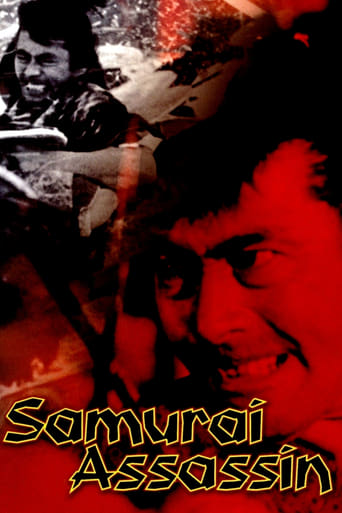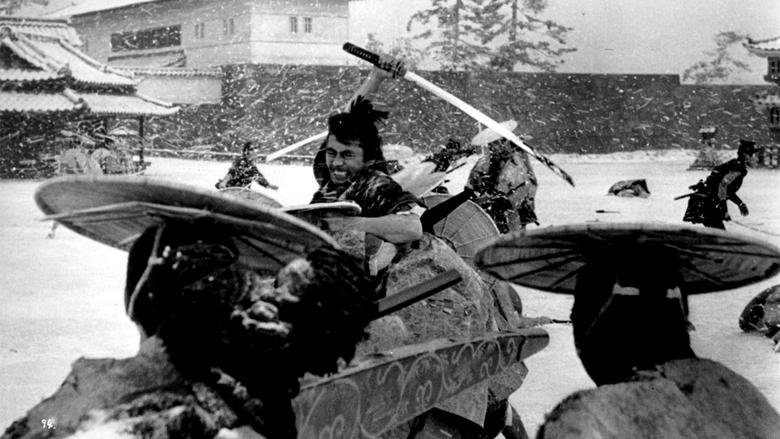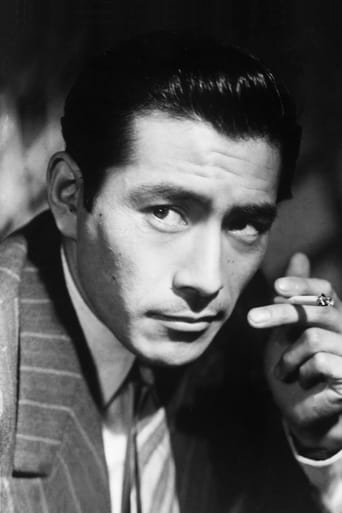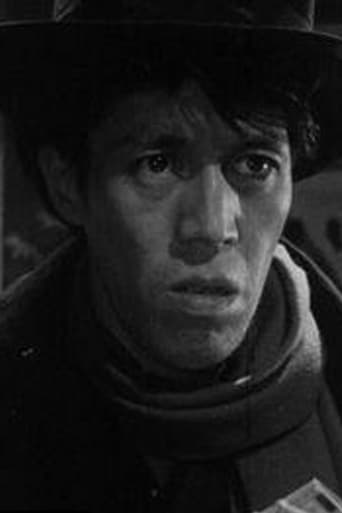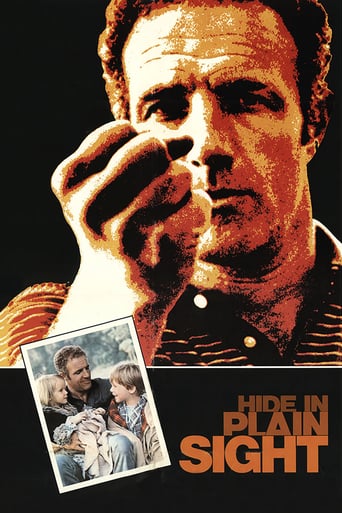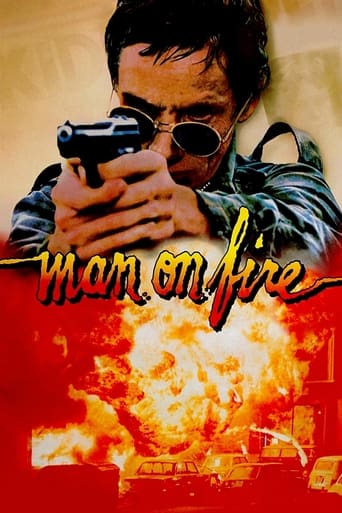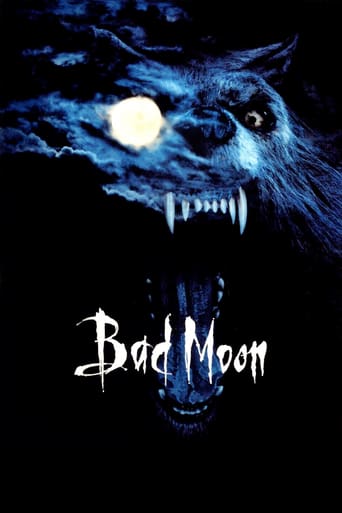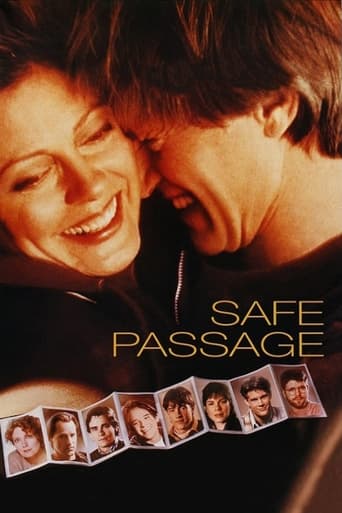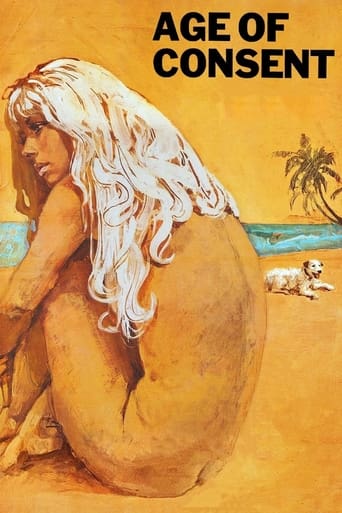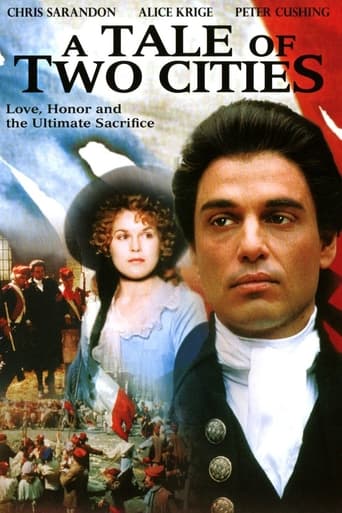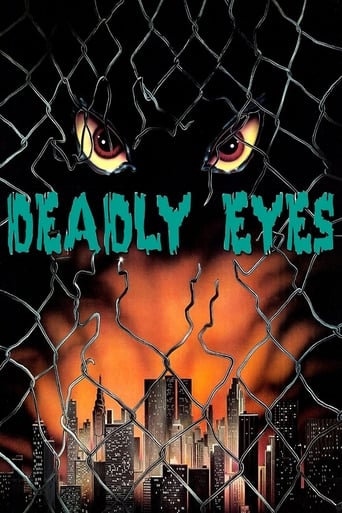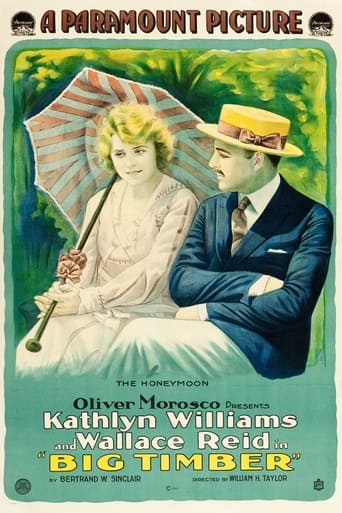Samurai Assassin (1965)
Japan, 1860. The men of the Mito clan, victims of the Ansei purge, anxiously prowl around the Sakurada Gate of Edo Castle with the intention of assassinating Naosuke Ii of Hikone, tairō of the Tokugawa shogunate and responsible for their misfortune.
Watch Trailer
Free Trial Channels
Cast


Similar titles
Reviews
A very feeble attempt at affirmatie action
Good films always raise compelling questions, whether the format is fiction or documentary fact.
Each character in this movie — down to the smallest one — is an individual rather than a type, prone to spontaneous changes of mood and sometimes amusing outbursts of pettiness or ill humor.
I think this is a new genre that they're all sort of working their way through it and haven't got all the kinks worked out yet but it's a genre that works for me.
I don't think a lot of people have saw this movie. It's not all chanbara or 'sword fighting' film nor it's it a Jidaigeki, a periodic film with little to no fighting. It's more balance than that. It's not well known film. Still, it's worth checking out. The film has this an ancient Greek tragedy feel to the film filled with heartrending irony and a sense of unavoidable doom. I think Samurai Assassin is just as amazing piece of Toshiro Mifune's work as Seven Samurai (1955) & Yojimbo (1961). Yes, it wasn't directed by Akira Kurosawa, but Director Kihachi Okamoto did an amazing job with this film. The fight scenes in this movie are just brutal. The film is one of the first to embrace the blood splattering violence in samurai films. The way he shot the bloody snowy fight scene is just beautiful that probably influence a lot of future directors such as Martin Scorsese and Quentin Tarantino. It helps that the black & white Tohoscope was from Hiroshi Murai, one of the greatest Japanese cinematographers. Samurai Assassin is set in 1860, where feudalism is near its end due to the Meiji Restoration. The event changed Japanese society forever by doing away with the castes in society and reducing the position of the samurai class. By removing samurai out of power, Tsurichiyo Nirro (Toshiro Mifune) felt that an assassination of Ii Naosuke (Hakuô Matsumoto) is needed as Ii Naosuke is the one pushing for change. Niiro Tsurichiyo is the illegitimate son of a powerful nobleman, and loose Ronin social outcast wanting to have a Samurai status. Seeing the Lord of Hikone, Sir Ii Kamonnokami Naosuke as a threat to his dream. He join forces with multiple clans from the Satsuma, Mito, and Choshuu provinces to take him out. Tension builds as the assassins wait day after day for the perfect moment to take out their target. Il Naosuke continue to tempt them, by making more and more unpopular choices, such like appointment of the 14th shogunate and initiated the Ansei Purge to quiet critics of his choices. While the backstory unfolds slowly, the hack and slash action takes a backseat, so the movie gives a traitor within the assassins plot. By doing this, it gives a new sense of direction, as Nirro Tsurichiyo is unsure who to trust. He finds out that the samurais around him, are not as nobility like he think before joining them, as they act more like a murderous gang. In one powerful scene in the middle of the film, Nirro Tusirchiyo break down after engages his best friend, Kurihara (Keiju Kobayashi), is a sad moment. The stress builds as there is more at stake here that their own lives. The director made the right decision to take his time and allow character development! The film is based on a novel, which in turn was inspired by the historical event known as the Sakuradamon incident. The faults of the film are this, while the narration is great in the film, I doubt it was needed. Another sub-plot not needed was the lost-love relationship as I felt it slow the movie down. All the flashbacks are not needed as it make the story confusing. Another big mistake of the film is how it was film, letter-boxing. It's really hard to see when watching it on DVD. At less, the movie is sub-title by AnimEigo. Kinda wish it was Criterion who did that as the sub-titled go really too quickly rather than allowing people to read it. Anyways overall: if you like old school Samurai movies, give this film a watch. This is a must see for any Toshiro Mifune fan.
A first-class film that excels in script, cinematography and acting. It is difficult to name a lot of films that are so well conceived of and executed. The plot is amazing and the twists are well-crafted. The narrator seems an imposition at the start but as the film progresses it only adds to the mood. I found the movement (pace) of the film delightful, juxtaposed between the swift and the languid. Of course, for most of us outside the idiom of Japanese cinema the acting maybe described as melodramatic, but that's pretty much the norm there. And how can anyone not comment on the film's last scene - the snow, the blood, the twist of fate, the camera moves like an assassin itself. I highly recommend it.
I am rather disappointed in Kihachi Okamoto's Samurai Assassin. I am a huge fan of his 1966 film, Sword of Doom, which is, as far as I'm concerned, the best "pure" samurai film, at least on the same level as anything by Kurosawa. Samurai Assassin was made the previous year. It is about a siege around Edo castle, and concentrates on one warrior, played by Toshiro Mifune, who desperately wants to become a samurai. He has been turned down in the past, though, because his mother was a geisha and his father was unknown.The script is the main culprit here. It's far too slow, and far too many names are dropped. For an American, anyway, it becomes increasingly difficult to process so many multi-syllabic Japanese names. Eventually, I didn't care at all about what was happening. Okamoto was obviously trying to go for the type of slow-build that was achieved, for example, in Misaki Kobayashi's excellent Sepukku (aka Hara-kiri, 1962), but the script is far too wordy.For most of the 2 hour 2 minute run, I was just concentrating on the beautiful cinematography. The black and white in this film is truly exquisite. A few good scenes managed to pop up here and there. Fortunately, Samurai Assassin ends on a fantastic note. The final samurai battle is one of the best I've ever seen. Okamoto uses snow as a prop as well as Kurosawa uses rain (there is a great snow battle in Sword of Doom, as well), and the level of dramatic irony equals some of the best Greek tragedies. My final judgement: Samurai Assassin is worth watching if you are a fan of samurai movies, but it is not a high priority. It is definitely a don't-see for anyone who has never seen one of these films before (start with Kurosawa, The Seven Samurai, Yojimbo, and Hidden Fortress for starters) or anyone who is unsure of whether they would be entertained by something like this. 7/10.
I bought this film about a year ago and just got the opportunity to watch it last night. This film was beautiful brutality, simplistic complexity, unjust justice, and traditional tragedy. The sword duels are quick and brutal, the battle scene is long and horrific. The film jumps through time and space at a frantic pace with out warning. And yet the plot is slowly revealed through the hurried pace. I highly recommend this film that examines the complex psyche of Norii the Ronin. My only warning is that there is a lot of dialogue and it wears a little thin at some times. And the subtitles go by so fast at times it calls for some rewinding. The action is so fast in some parts you will want to watch in freeze frame. One scene looked so real, I would almost swear that they actually had to kill the guy. Go see this film now.

